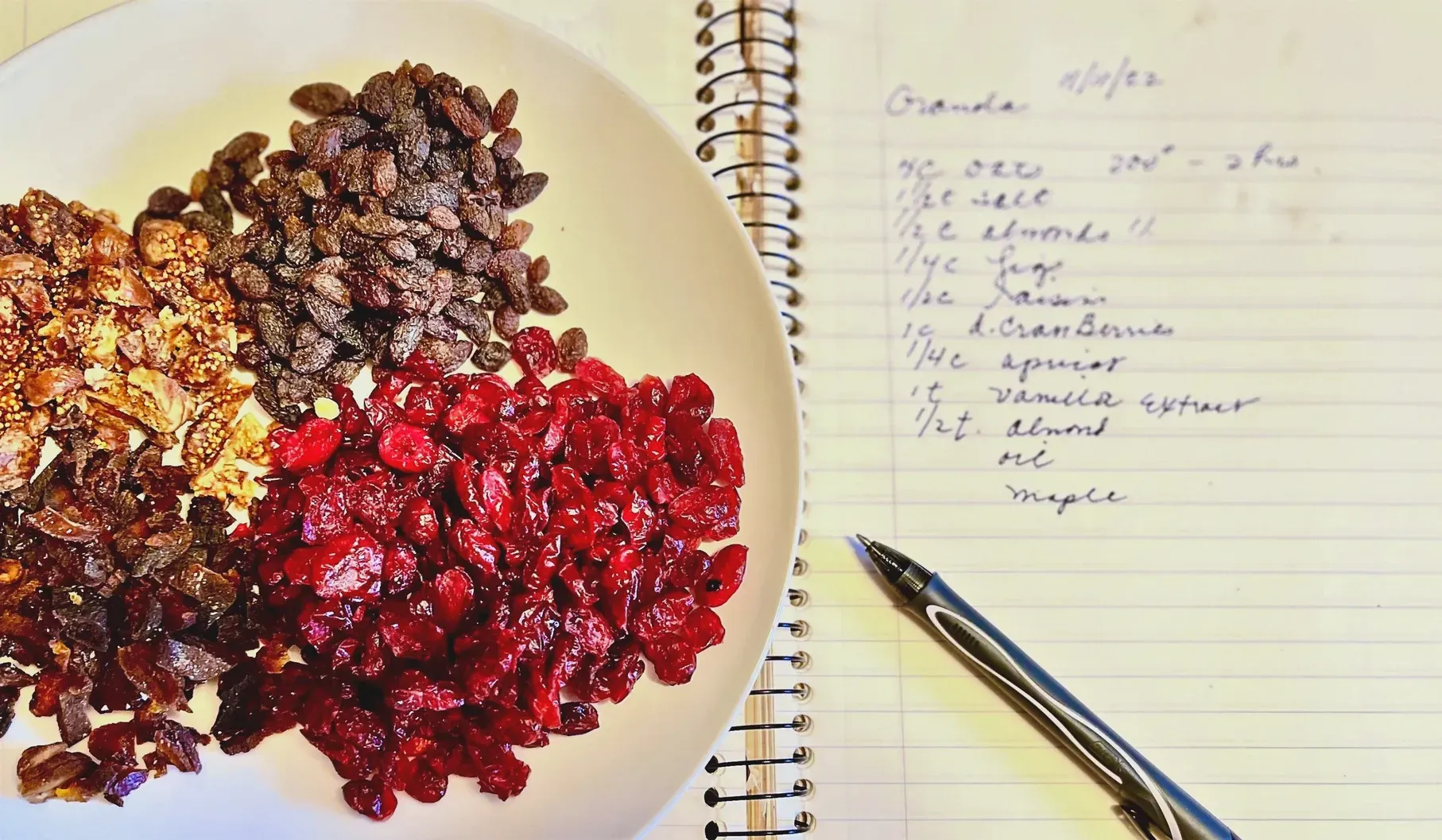The Pioneers of Macrobiotics: Exploring the Influential Figures of Ohsawa, Aihara, Muramoto, Kushi, and Shizuko

This section is dedicated to the memory of past Macrobiotic teachers, from my own experiences with stories, anecdotes, recipes, writings, and references for future study.
I have been encouraged to share my firsthand recollections, especially those who can no longer be able to themselves.
I was introduced to Macrobiotics when I was 21 in 1970. I went to St. Thomas on a college winter break with a friend. I was very into photography, and while walking on the beach, I noticed the most beautiful man sitting peacefully. He was very handsome with a silver sculpted beard. I approached him and asked if I could photograph him, and he said yes. So, I took several pictures, and he and his companions began to ask about us.
I was entirely unaware of who these people were. As we all laughed and talked, my very savvy friend asked me if I knew who they were. I did not. Although, the more I looked at the one person sitting behind my camera's intended, started to look surprisingly familiar. I kept asking, "are you? No, are you? He kept grinning quietly at me. Finally, I turned to my friend and asked if he was who I thought he was. She was sure and said he was Tony Perkins, the actor. I was shocked. I had had a crush on him when I was ten years old, and he was in the film "Tall Story." Right in front of me was someone I thought was the living end, and I met him. The handsome gentleman turned out to be Jerry Robbins, a famous choreographer. Well, we all became friends. Tony and his partner invited us to New York on many occasions. And they had an enormous effect on my life from then on. He made me question what I was eating and when I was eating. It put me in the direction of searching out health food stores to find more healthy food choices. It was 1970, and in Philadelphia, there were very few choices. I have Tony to thank for changing my life in the direction he put me.
One day I found Essene Natural Foods, one of the few health stores in the city. As it turned out, my girlfriend from high school was the cashier. She invited me to come to this "study house" where she was living. So I went, and the fellow who greeted me offered me tea with soy sauce. The kitchen had an earthy smell that I loved and just wanted to indulge. That was my introduction to Macrobiotics. Denny Waxman was running this house and needed a breakfast cook, so I volunteered. While I was there, a group of Japanese Macrobiotic teachers came to offer a teaching program. Cornellia Aihara, macrobiotic cook and author, gave a cooking class and prepared a fully balanced macrobiotic meal. It was my first. It was historic how delicious and satisfying it was.
I went to Michio Kushi's lecture and was impressed by what he had to say, especially about predictions for future generations. I also took a week-long class with Shizuko Yamamoto on Shiatzu. She was excellent, the stories she told of her own experiences, and the effects of her foot massage only added to my intense awakening. It all made so much sense. I managed to purchase the two main books by Georges Ohsawa, The Book of Judgment and Zen Macrobiotics. It was exceedingly difficult to eat the way they were teaching because it was very salty, and the resources for ingredients were limited. There was only Hatcho miso, too strong for us young Americans, who were used to a meat-based diet with soda and lots of sugar foods. It became a giant leap worthy of the plunge.
Cornellia Aihara
I began to know Cornellia by participating in the French Meadows summer camp kitchen, located in the Tahoe National Forest mountains of California. It was such a wonderful experience. We would all meet in the wee early morning, very chilly in the mountain air. The fires were already started, and everyone would hover around until we got our directions from Cornellia. We would prepare for the morning breakfast, which was always the leftover grains, beans, veggies, etc., all cooked together all night on low embers. The breakfast was for all the kitchen cooks, children, and some elders. Then, we would work all morning preparing lunch. Cornellia had all the menus planned. She was a master at being able to design a daily menu spread over ten days with no refrigeration. It all worked. The light foods that do not last are prepared first. By the end of the camp, she would serve spaghetti with fresh tomato sauce. Everyone was crazy about it. So here are some recipes by her, I remember so well and enjoyed.

------------------Corn Tortilla Dough ----------------------------------------------------------------Fresh Ground Corn Meal
















